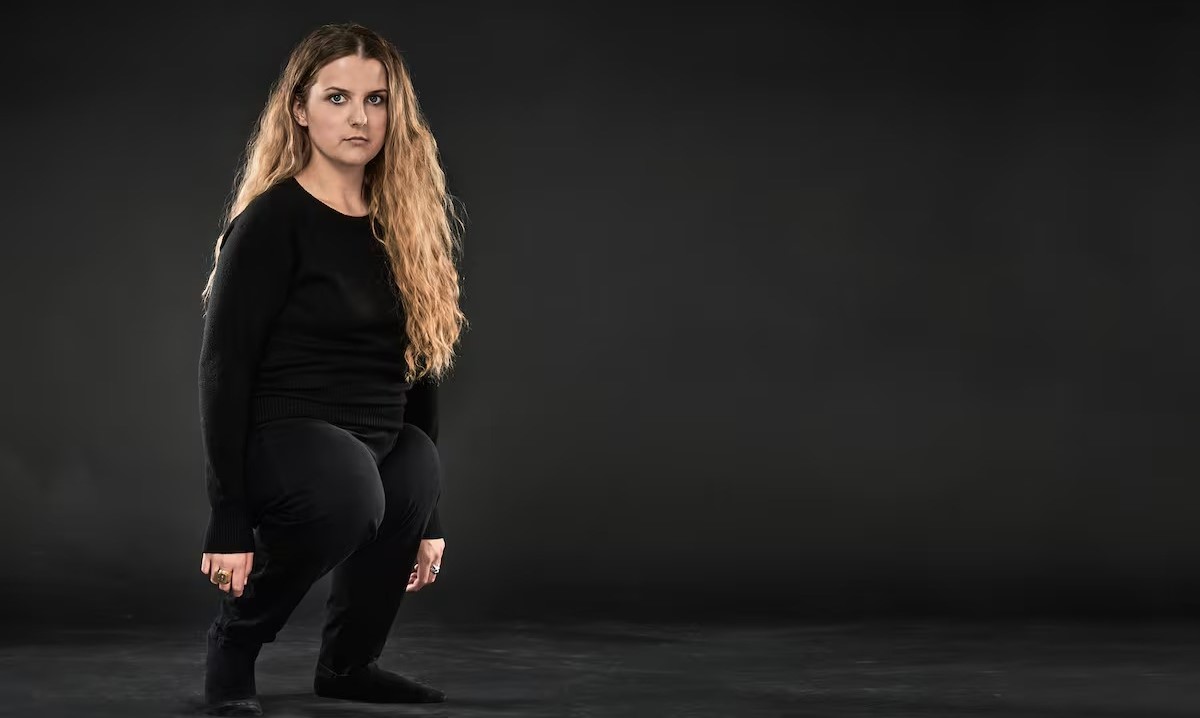
Bowing congenital short bones is a rare condition where the long bones in the limbs curve abnormally from birth. Affecting about one in every 140,000 to 190,000 births, it can involve bones like the femur, tibia, and humerus. This condition can be linked to genetic disorders such as Neurofibromatosis Type 1 (NF1), Fibrous Dysplasia, and Osteogenesis Imperfecta. Symptoms include visibly bowed bones, pain, limping, and shortened limbs. Diagnosing involves physical exams, X-rays, ultrasounds, and sometimes genetic testing. Treatment ranges from orthotic devices to surgery and physical therapy. Understanding this condition helps in managing and improving the quality of life for affected children.
What Are Bowing Congenital Short Bones?
Bowing congenital short bones, also known as congenital bowing of the long bones, is a rare condition where the long bones of the limbs exhibit a curvature or bowing. This condition can affect various bones, including the femur (thigh bone), tibia (shin bone), and humerus (upper arm bone). Here are 20 key facts about bowing congenital short bones, covering its causes, symptoms, diagnosis, treatment, and associated conditions.
Definition and Prevalence
Understanding the basics of this condition helps in grasping its rarity and impact.
- Bowing congenital short bones refer to the abnormal curvature of long bones that are present at birth. This condition affects approximately one in every 140,000 to 190,000 births, making it relatively rare.
Types of Bowing
Different types of bowing have unique characteristics and outcomes.
-
Anterolateral Bowing: This type often evolves into secondary pseudarthrosis of the tibia and has a more uncertain prognosis.
-
Posterior or Posteromedial Bowing: This type is usually benign and presents a good prognosis, often regressing spontaneously.
-
Anterior or Anteromedial Bowing: This type is often associated with congenital fibula defects, such as aplasia or hypoplasia, and has a favorable prognosis.
Causes
Several genetic disorders can lead to bowing congenital short bones.
-
Neurofibromatosis Type 1 (NF1): A genetic disorder that causes tumors to form on nerve tissue.
-
Fibrous Dysplasia: A condition where normal bone and marrow are replaced with fibrous tissue, leading to weakened bones.
-
Amniotic Band Syndrome: A rare condition where the amniotic sac breaks and wraps around the fetus, causing deformities.
-
Osteogenesis Imperfecta: A genetic disorder characterized by fragile bones that break easily.
-
Bone Fibromas: Rare, benign tumors that can cause bone deformities.
Symptoms
The symptoms can vary widely depending on the type and severity of the condition.
-
Bowed or Curved Bones: The most obvious symptom is the visible curvature of the affected bones.
-
Pain and Limping: As the child grows, the bowed bones can cause pain and discomfort, leading to limping.
-
Shortened Limbs: The bowed bones can result in shorter limbs compared to the unaffected side.
-
Pelvic Obliquity: The uneven length of the limbs can cause the pelvis to tilt, leading to issues with posture and gait.
Diagnosis
Diagnosing bowing congenital short bones involves several steps.
-
Physical Examination: A thorough physical examination by a pediatrician or orthopedic specialist to assess the curvature and any associated symptoms.
-
X-rays: X-rays are used to visualize the bones and confirm the presence of curvature.
-
Ultrasound: Ultrasound may be used during pregnancy to detect skeletal abnormalities.
-
Genetic Testing: Genetic testing may be recommended to identify underlying genetic disorders.
Prenatal Diagnosis
Detecting skeletal dysplasias before birth can be challenging but is possible with advanced techniques.
- Prenatal diagnosis of skeletal dysplasias, including bowing congenital short bones, is challenging due to the complexity of fetal development. However, advanced imaging techniques such as low-dose fetal computed tomography (CT) can aid in diagnosing severe bone abnormalities.
Treatment Options
Treatment varies based on the type and severity of the condition.
-
Orthotic Devices: External lower limb orthoses and shoe rises can be used to prevent pathologic fractures and reduce pelvic obliquity.
-
Surgery: Surgical intervention may be necessary to correct the curvature and stabilize the affected bones. Techniques such as double osteotomy of the fibula and tibia, along with internal fixation using rods, may be employed.
Understanding bowing congenital short bones requires a comprehensive approach involving medical, surgical, and rehabilitation strategies. Ongoing research and advancements in medical technology continue to improve the management and outcomes for this rare condition.
Final Thoughts on Bowing Congenital Short Bones
Bowing congenital short bones, though rare, present unique challenges and require a comprehensive approach for effective management. Understanding the types, causes, and symptoms is crucial for early diagnosis and intervention. Genetic disorders like Neurofibromatosis Type 1 and Osteogenesis Imperfecta often play a role, making genetic counseling essential. Treatment options range from orthotic devices to surgical interventions, with physical therapy aiding in rehabilitation. Advanced imaging techniques and a multidisciplinary approach enhance diagnostic accuracy and care. While the prognosis varies, ongoing research and technological advancements promise better outcomes. Families dealing with this condition benefit from psychosocial support and a team of specialists dedicated to improving the child's quality of life. Staying informed and proactive can make a significant difference in managing bowing congenital short bones effectively.
Was this page helpful?
Our commitment to delivering trustworthy and engaging content is at the heart of what we do. Each fact on our site is contributed by real users like you, bringing a wealth of diverse insights and information. To ensure the highest standards of accuracy and reliability, our dedicated editors meticulously review each submission. This process guarantees that the facts we share are not only fascinating but also credible. Trust in our commitment to quality and authenticity as you explore and learn with us.


